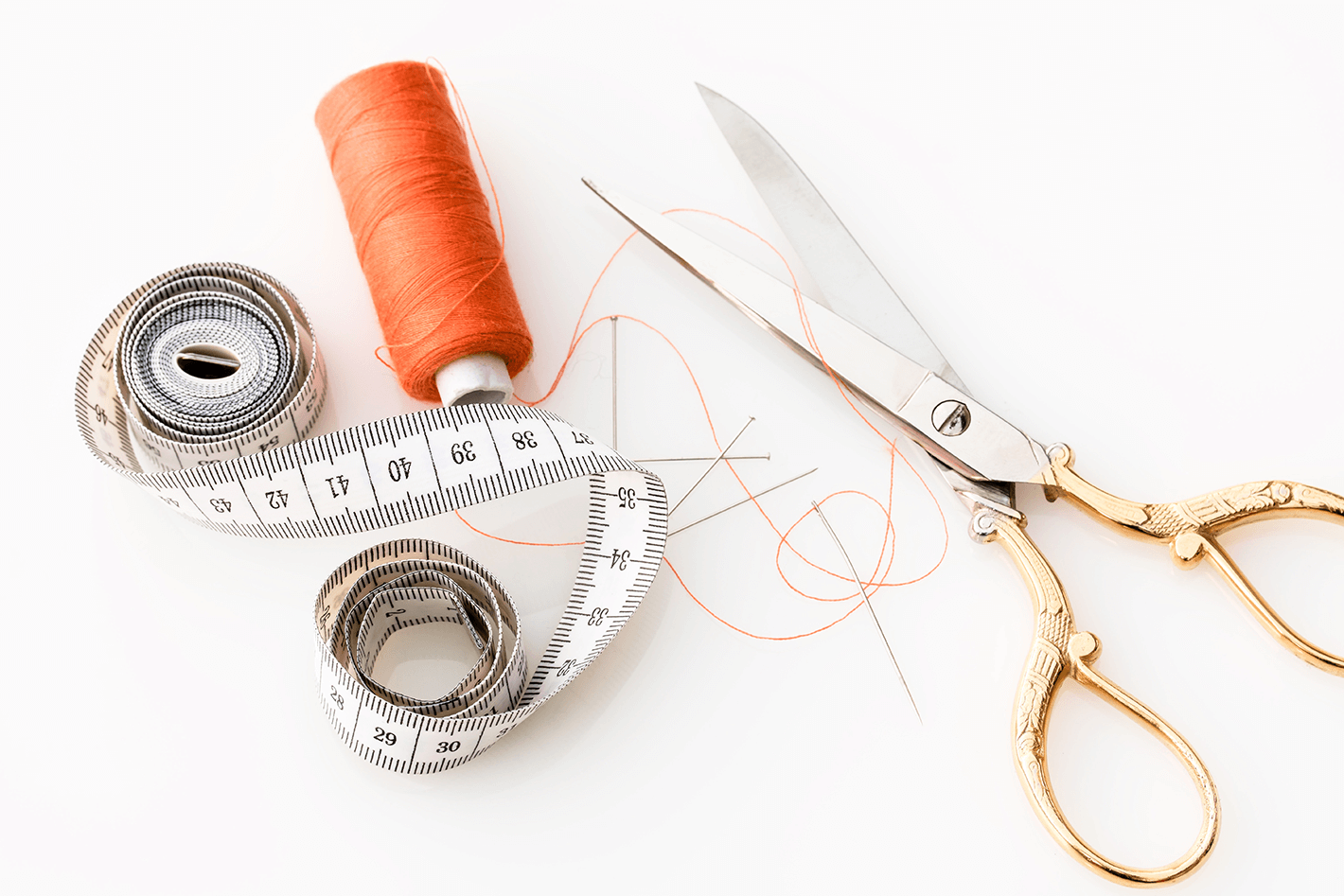What are the Silk Pillowcase benefits?
Silk is one of the strongest, softest and most expensive natural fibres in the world.
Early silk use has been traced back to China from the fourth millennia BC where the Chinese used it to make clothing and shrouds as it was durable and soft.
This incredible fibre is cherished for its luxurious feel and unique properties.
The fibres have a triangular cross section and these surfaces act as a prism which refract light and give that stunning shimmery rainbow finish to silk fabrics.
The reason silk is so expensive is because of its limited availability and the intensive production is costly. Thousands of silkworms are needed to make just one kilogram of silk!
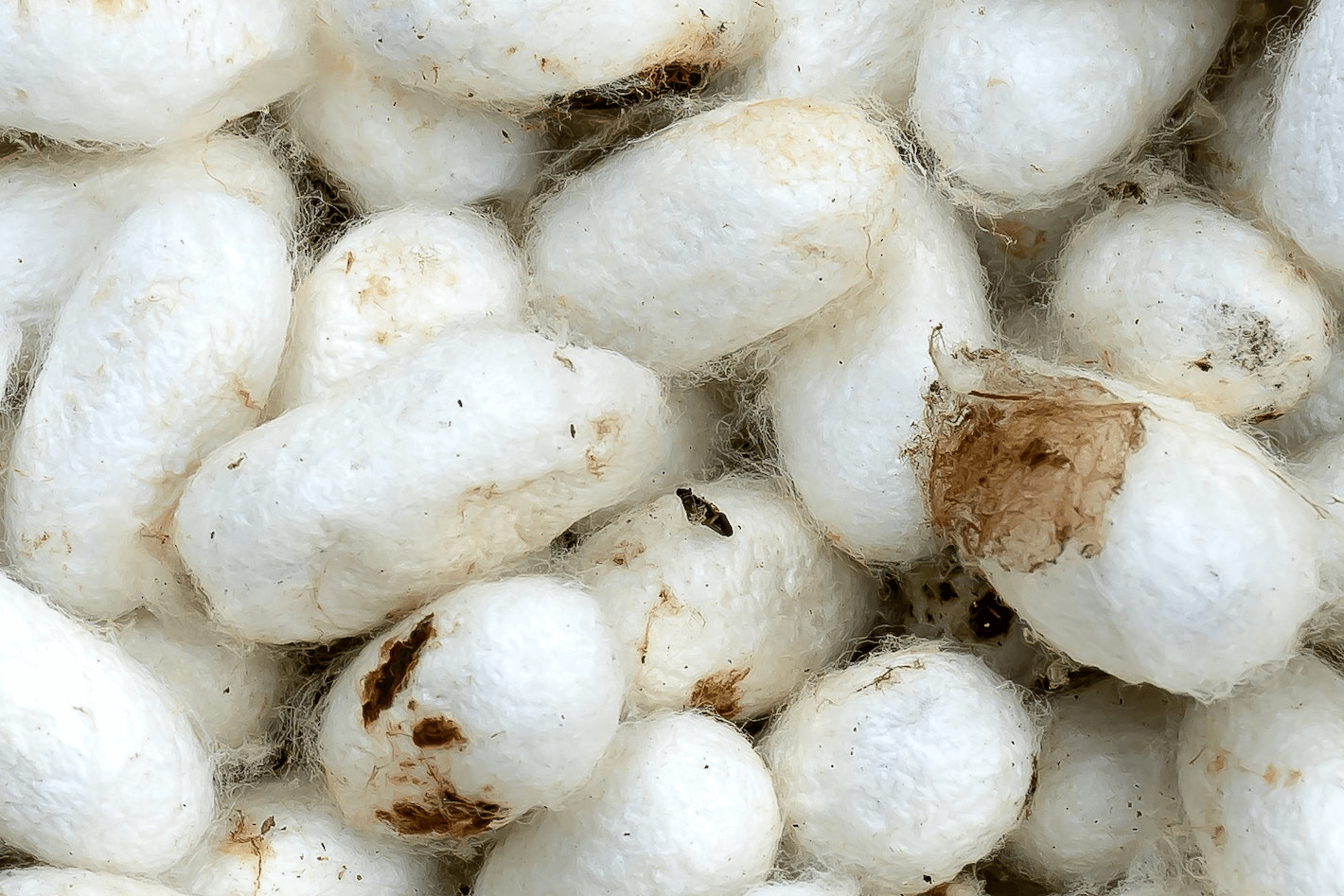
Where does silk come from?
Silk is harvested from the cocoons of insects. Most silk is produced commercially as finding the natural wild cocoons would be far more time consuming.
The process of producing silk is called sericulture. It can be harvested from a variety of different insect cocoons but most common is the silkworm.
The insects are left to moult before they begin to make their cocoon. Once this is finished, the fibres of the cocoon are unravelled by brushing it gently.
A single cocoon can produce up to a mile of fibre and a silk thread will have up to 10 fibres woven together. Find out more about ‘how is silk made‘ in our blog post.
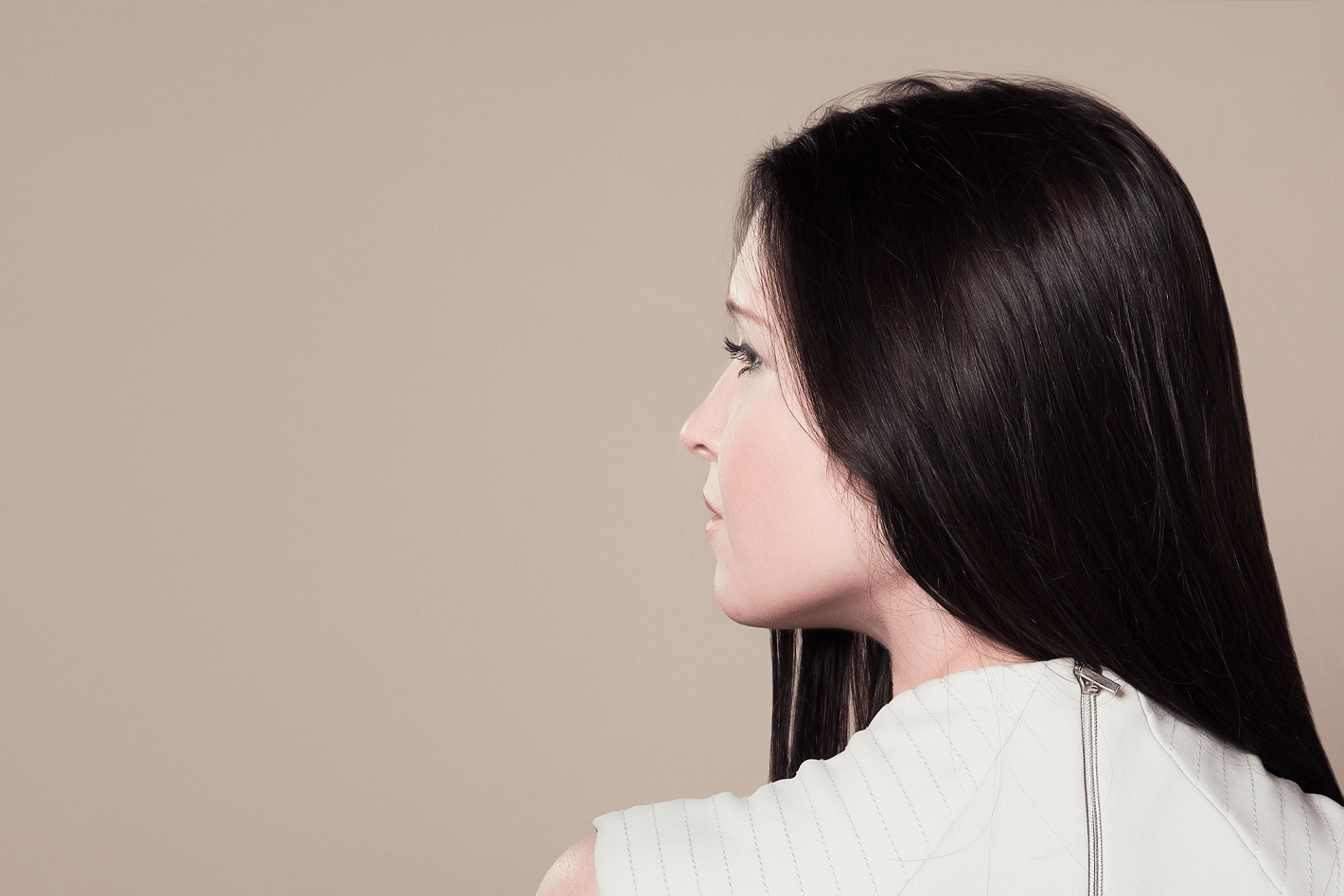
The benefits of silk pillowcases…
Silk pillowcases for hair
Particularly for those who tend to move around in their sleep, silk pillowcases produce less friction than other fabrics meaning a much lower chance of bed hair!
The soft finish of the silk reduces static which will help also with knotty hair. Those with curly hair may experience less frizz when using silk pillowcases compared to cotton or synthetic fabrics.
Are silk pillowcases good for skin?
The soft and sleek nature of silk may have health benefits to our skin when used for pillowcases. The soft finish has been reported as being less abrasive on our skin which reduces inflammation and irritation.
Particularly for those who suffer from skin problems such as acne or eczema, silk has a lot less friction on the facial skin than other fabrics and may help improve complexions over time.
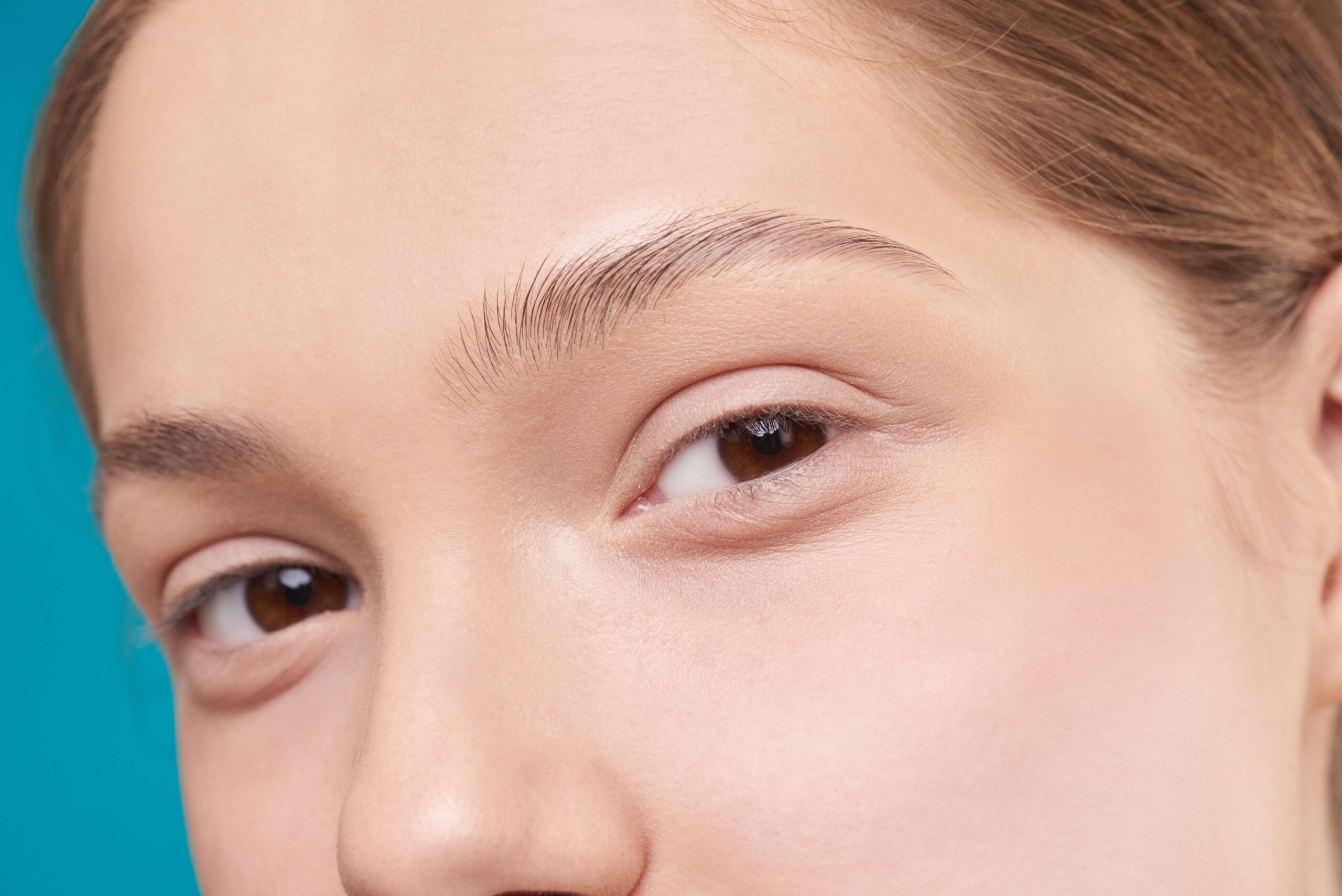
Does silk keep you cool?
The heat retaining properties of silk are low which means it is not insulative and it stays cool. This makes it ideal for pillowcases.
Overheating during sleeping can cause us to be restless and have a more disturbed night’s sleep. Keeping yourself and your bedroom cool helps our bodies relax and is much more conducive to falling and staying asleep.
See our blog “How to get to sleep fast?” to find out more about how cooler temperatures can help improve overall sleep quality.
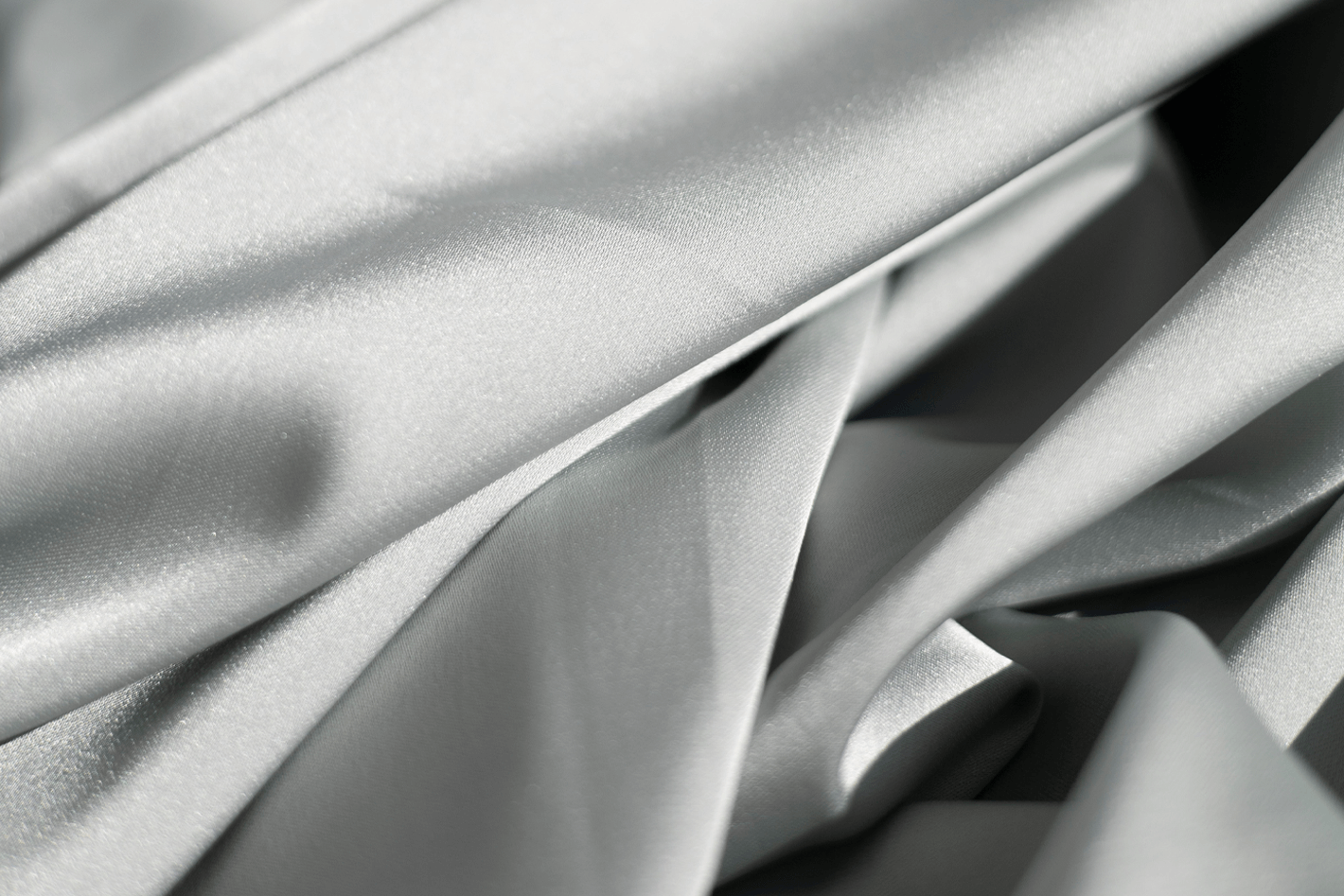
Uses of Silk
Medicine – their unique strength makes them excellent for surgical sutures.
Interior design – prized for use in upholstery, curtains, rugs, coverings and bedding.
Clothing – used for luxury items such as scarves, blouses and underwear.
Bicycle tyres – used to make the tyre casing due to its softness and durability.
Artillery gunpowder bags – used to be made from silk as it was combustible.
Is silk vegan?
Silk is not a vegan product.
Silk fibres are produced by an insect called a ‘Silkworm’, which is an insect that can produce the supersoft fibres.
